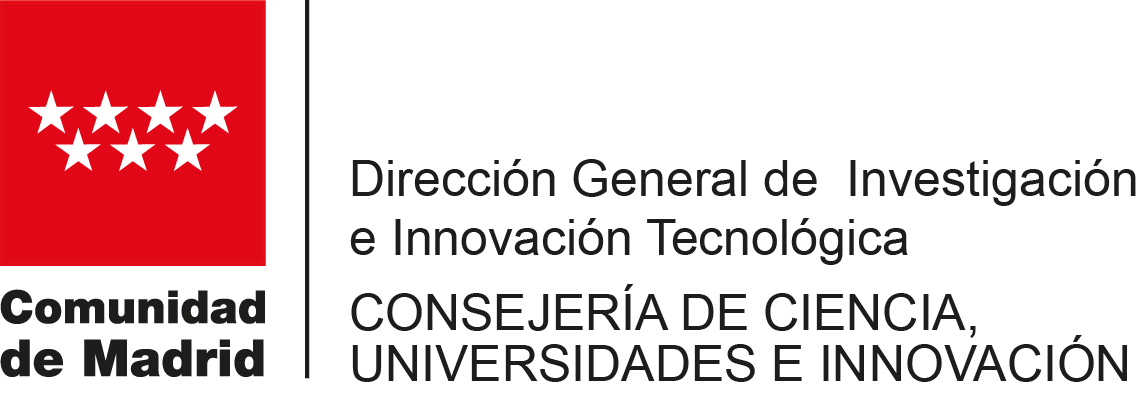IMDEA Networks

Industrial PhDs Programme 2019. Smart 5G Networks
Regional Fundings

Projects partners:
- Telcaria Ideas S.L.
- IMDEA Networks.
The goal of this project is to propose a mobile network architecture that meets the requirements of the different vertical industries targeted by 5G. The proposed architecture will lie on top of the 5G platform, consisting of baseline components compliant with the latest release of 3GPP. On top of the baseline components, we will include modules that provide functionality required for the different vertical use cases that is not available within the underlying platform. These modules will employ standard interfaces to configure and manage the underlying modules.
The architecture will include two main functions on top of the 5G baseline components: (i) Enhanced Management and Orchestration (MANO), which will include the algorithms responsible for orchestrating the different network functions (NFs) and resources, based on the vertical requirements as well as elasticity considerations, and (ii) Artificial Intelligence (AI) modules, which will take care of the overall management, control and configuration of the network, relying on AI and Machine Learning (ML) techniques, including the configuration of the NFs and the MANO algorithms.
In order to orchestrate a network slice to meet the requirements of vertical customers, orchestration algorithms will be devised. These algorithms will select the most appropriate location for the different VNFs instantiated for a network slice, including the ones corresponding to application layer functions that can be located within the network relying on the MEC capabilities of the infrastructure. The algorithms will take as input from the underlying infrastructure the resource availability in the different nodes of the network and interact with the AIbased data analytics module to take the optimal decision.
The enhanced MANO framework proposed will be combined with the resource elasticity concept of 5GMoNArch.
Elasticity refers to the ability of a system to gracefully adapt to changes in the amount of available resources while minimizing the disruption perceived by the users. An elastic system adapts to load changes in an automatic manner to closely match the available resources while making a use as efficient as possible of the underlying resources. This implies that, when reducing the amount of available resources, the operation of the service should not be significantly degraded.
In our architecture, AI will play a very prominent role in the design of an elastic management, orchestration and control solution, providing the means enhance the performance of the different elasticity algorithms. Some examples of performance boosting capabilities that will provided by means of AI techniques are the following: (i) by profiling the computational utilization patterns of VNFs, we will estimate their performance as a function of the available resources, (ii) traffic prediction will be employed for proactive resource allocation, (iii) AI will be leveraged to take optimal orchestration decisions for the observed patterns in the utilization of network and computational resources, and (iv) data analytics will help to optimized elastic resource provisioning and admission control of network slices. This is very closely related to the AIbased Data Analytics functionality described next.
The AIbased Data Analytics framework will follow a modularized system architecture comprising the following modules: (i) Policy Management module, which takes decisions to ensure that the operator’s goals and regulator’s policies are met, (ii) Context Awareness module, which describes the state and environment, (iii) Situational Awareness module, which enables to understand how information, events and commands may impact the next state, actions and ability to meet its operational goals, (iv) Cognition Management module, which enables to consult and meet the end to end goals, and (v) Knowledge Management module, which is used to represent information about known facts, axioms and inferences.

